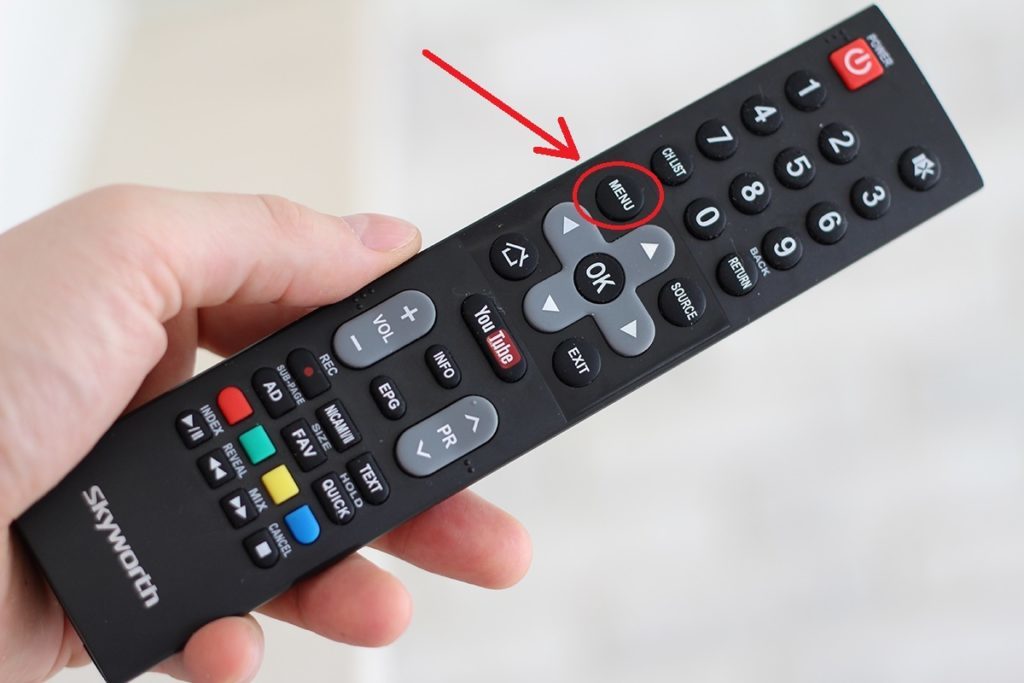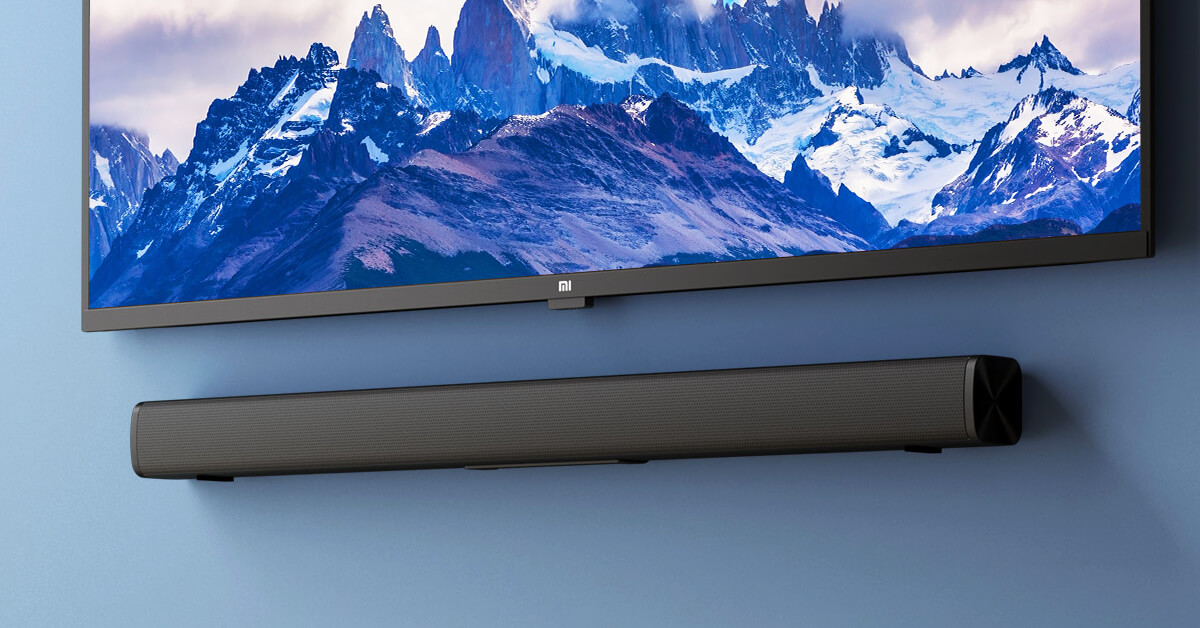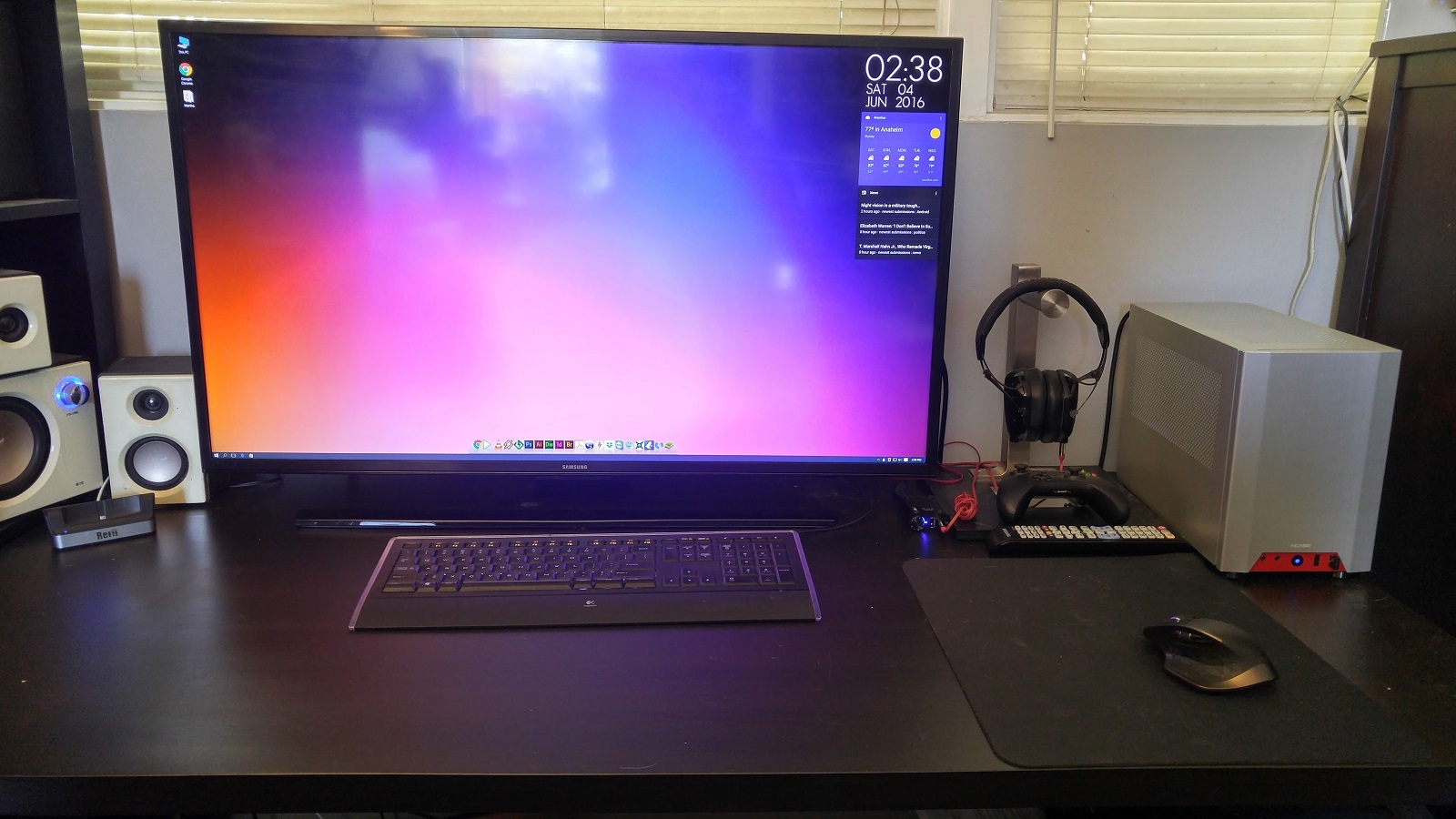TV is an audio-visual experience and half of the input comes from your mouth. Keep your ears satisfied to get the best sound quality you can by changing the audio settings on the TV.
Whether you have trouble hearing whispered dialog or bass drowns out other sounds whenever things get noisy, most of those issues can be fixed in the sounds settings.
To sort out the reasons why channels on TV sound lower in volume than others, there are two methods to control audio settings.
To configure audio options, open the Settings. The first option on home screen is to use the Fast Settings. Navigate to the left all the way, to the Preferences tab, and to the menu top. Pick Signal, and press Enter. Here you can loop through through sound modes, with Normal, Optimized and Amplify preset audio profiles.

2. Get further power through the Audio Settings. Press up on the remote to open the Equalizer Setup for more granular audio power. Here, the rates for different frequency bands can be changed, allowing you to improve or cut the signal intensity for each.
Tap on a preset. You can loop through the same audio presets as seen in Fast Settings in this section, or pick Expert Settings to obtain an comprehensive list of configuration options: Balance, Equalizer, Audio Delay, etc.
Different settings switch. You can not only adjust the balance and different frequencies in the equalizer in the Expert Settings, but also alter the default HDMI audio format, pick the digital audio codec (including Dolby Digital Plus), alter the delay between the audio and video tracks while using Optical SPDIF output, and turn on and off automatic volume leveling. Modify the settings to reform causes of the different volumes on channels.

You can listen to movies and music better than ever, with the sound tuned to your home and your ears.
There is of course a surround-sound device at the other end of the spectrum. For those who know their 4 K TV sounds awful but don’t want to get carried away by trying to change it, a soundbar is for those who’re just too content to get carried away.
If you watch movies via a streaming service, or a good old DVD or Blu-ray disc, there is a strong chance that the sound will be available in a multichannel mix. At the very least, this means separate audio information for five individual channels. There is also a subwoofer channel tasked with filling all those low frequencies which the film industry is so fond of.
